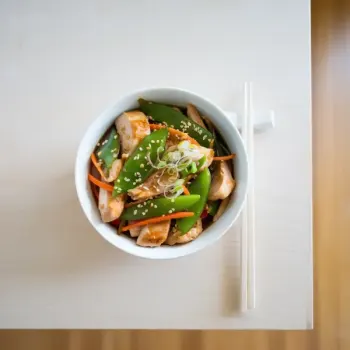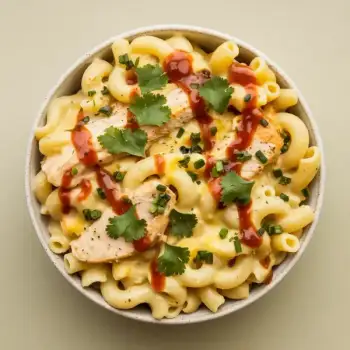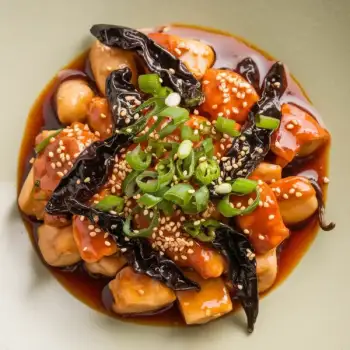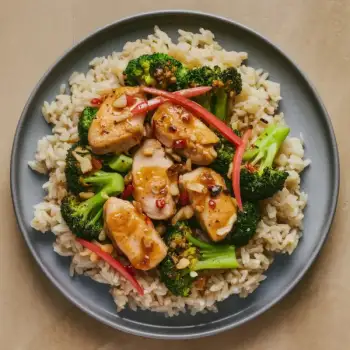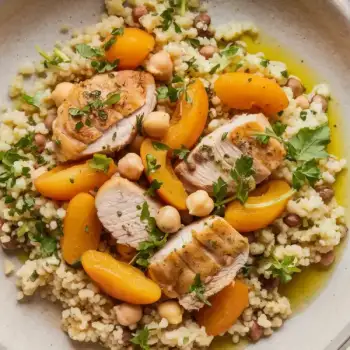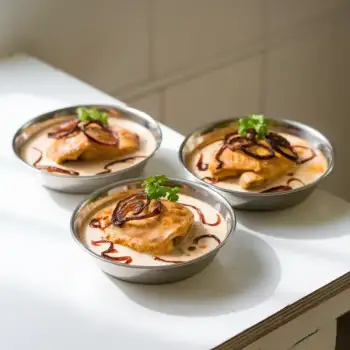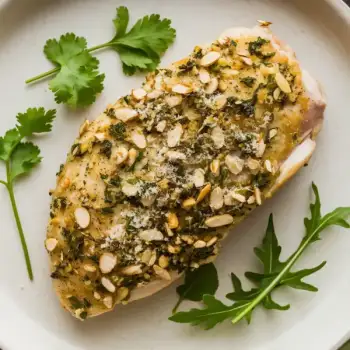


Marinated
Chicken breast that has been pre-seasoned or soaked in a marinade to enhance flavor and tenderness before cooking.
Thinly Sliced
Chicken breast that has been pre-sliced into thinner cuts, perfect for quick cooking or use in stir-fries and sandwiches.
Fresh Chicken Breast
Raw, unprocessed chicken breast, ideal for a variety of cooking methods including grilling, baking, and sautéing.
Boneless and Skinless
Chicken breast with the bone and skin removed, offering a leaner option and quicker cooking times.
Frozen Chicken Breast
Chicken breast that has been flash-frozen to preserve freshness, suitable for longer storage and convenient for meal planning.




fresh chicken breast: Perdue
frozen chicken breast: Tyson
marinated chicken breast: Foster Farms

Baking: Baking chicken breast in the oven at 375°F (190°C) is a hands-off method that allows for even cooking. Season the chicken and bake for 20-30 minutes, depending on size and thickness. Baking in a marinade or sauce can also help keep the chicken moist.
Grilling: Grilling chicken breast over medium-high heat gives it a charred, smoky flavor. It's crucial to preheat the grill and oil the grates to prevent sticking. Cook for 5-7 minutes on each side, depending on thickness, until the internal temperature is reached.
Pan-searing: Pan-searing chicken breast in a hot skillet creates a golden-brown crust while keeping the inside moist. Sear the chicken for 2-3 minutes on each side, then lower the heat and cover the pan to finish cooking through.





